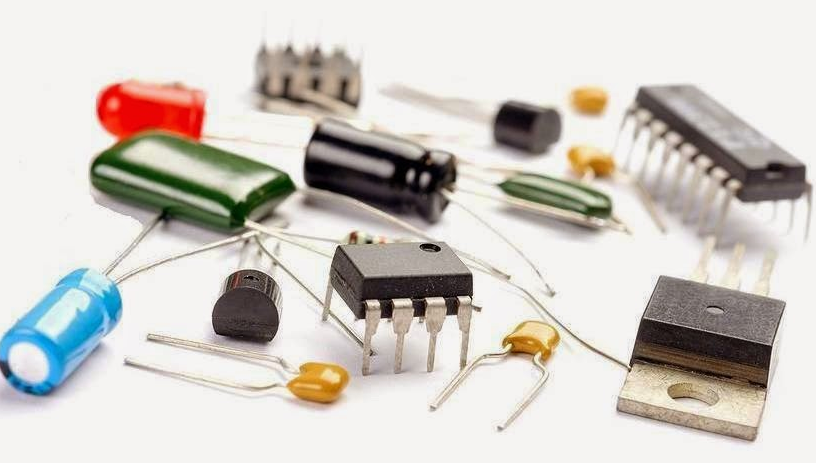Unveiling the Power Source: Exploring the Electrical Nature of Electronic Devices
In the realm of electronic devices, a fundamental question arises: Are these devices powered by alternating current (AC) or direct current (DC)? Understanding the electrical nature of electronic devices is crucial for both consumers and professionals in various industries. In this blog post, we will delve into the intricacies of electronic devices' power sources, shedding light on their operation and providing valuable insights.
- The Basics of AC and DC:
To comprehend the power source of electronic devices, we must first grasp the difference between AC and DC. Alternating current (AC) periodically changes its direction, oscillating between positive and negative polarities. On the other hand, direct current (DC) maintains a constant flow of electrons in a single direction. These two types of electrical currents have distinct characteristics and applications. - The Evolution of Electronic Devices:
Historically, electronic devices were predominantly powered by DC. Batteries and early power supplies provided a steady flow of direct current, suitable for devices like radios and early computers. However, with the advent of power grids and the need for long-distance transmission, alternating current gained prominence. AC's ability to be easily transformed to different voltages made it ideal for widespread distribution. - The Power Behind the Devices:
Nowadays, electronic devices can be powered by both AC and DC, depending on their specific requirements. Let's explore some common scenarios:
- AC-Powered Devices:
Many household appliances, such as refrigerators, air conditioners, and washing machines, rely on AC power. These devices typically connect to the electrical grid through power outlets, where AC voltage is readily available. The AC power is then converted to DC using internal power supplies to operate the device's components effectively. - DC-Powered Devices:
On the other hand, numerous electronic devices, including smartphones, laptops, and LED lights, are designed to be powered by DC. These devices often feature built-in batteries or external power adapters that convert AC power from outlets into the required DC voltage. DC power offers advantages such as portability, efficiency, and compatibility with various electronic components.
- The Role of Power Conversion:
In the realm of electronic devices, power conversion plays a vital role. AC-to-DC converters, commonly known as rectifiers, are employed to convert AC power to DC power. Conversely, DC-to-AC converters, known as inverters, are utilized in applications like solar power systems and uninterruptible power supplies (UPS) to convert DC power back to AC power when needed. - The Future of Electronic Power:
As technology advances, the power sources of electronic devices continue to evolve. The rise of renewable energy sources, such as solar and wind, has fueled the development of more efficient DC-powered devices. Additionally, advancements in wireless charging technologies are revolutionizing the way we power our electronic devices, eliminating the need for physical connections.
Conclusion:
In conclusion, electronic devices can be powered by both AC and DC, depending on their specific requirements and applications. Understanding the electrical nature of these devices is essential for consumers and professionals alike. Whether it's the AC-powered appliances in our homes or the DC-powered gadgets we carry in our pockets, the power source behind electronic devices shapes our modern world. Embracing the ever-evolving landscape of electronic power will undoubtedly lead us to a more efficient and sustainable future.

Post Comment